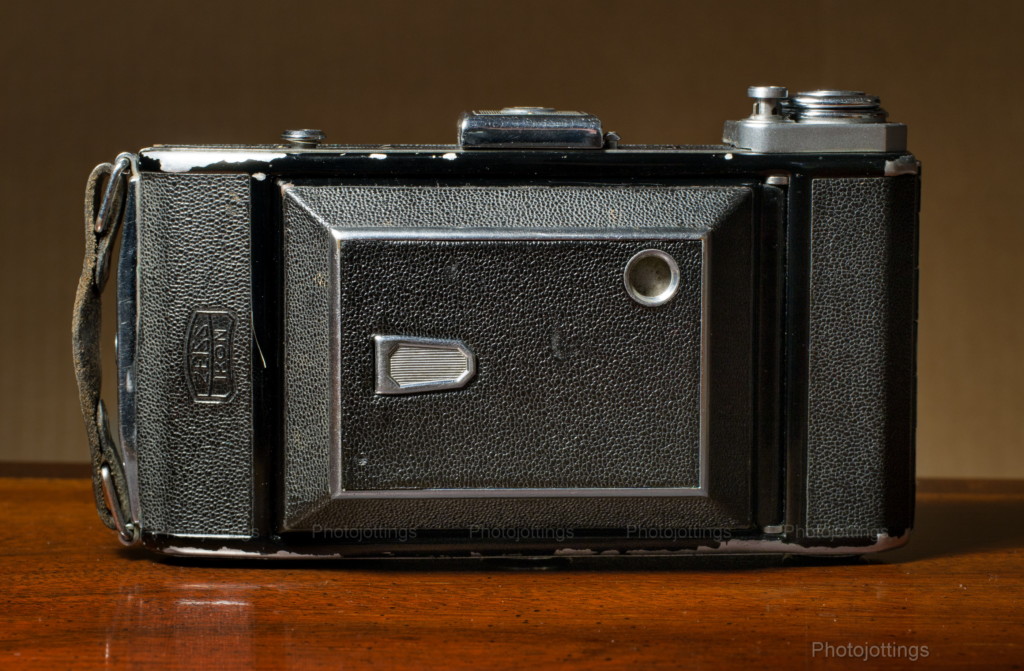
Our review camera for today is the Zeiss Ikon Ikonta with Tessar 105mm F/3.5 lens and Compur Rapid shutter. This late pre-war folder is quite slim, fits in your back pocket, and takes very sharp pictures with proper technique; whether or not they’re good pictures is up to you. This is a 521/2 model, and It takes eight 2¼ x 3¼ (6×9) photos on a roll of 120 film.
This particular model is somewhat odd in that it’s a less expensive Ikonta body, but has a four element tessar lens and Compur Rapid shutter normally found on higher end models of the day such as the Super Ikonta. Likely production date for this camera is probably around 1940.
I bought this well used copy from the famed Certo6 for a mere $95 complete with a CLA, and it works great.
With the brief summary out of the way, let’s do a walk around of the Zeiss Ikon Ikonta!
Name; Zeiss Ikon Ikonta, C 521/2.
Manufactured by; Zeiss Ikon, Dresden, Germany.
Made in; Dresden?, Germany.
Date of manufacture; probably late 1930s to 1940.
Price; I’m guessing about $50 new in camera shops. Get a good working copy on ebay for around $75-$150.
Build material; metal body, leatherette bellows. Fit and finish are very good.
Box contents; camera, instruction manual, and maybe a field case.
Weight; 27.1 oz (770g) no film.
Dimensions; my measurements; 6.3″ (160mm) long, 3.74″ (95mm) tall, 1.9″ (48mm) deep closed, and 5.1″ (130mm) open.
Focal length; 105mm.
Aperture; F/3.5-F/32.
ISO; none.
Focusing; 1.5m to infinity. Focusing is of course manual. You turn the front element to the required distance. Marked around the focusing ring is: 1.5, 1.7, 2, 2.5, 3, 4, 5, 8, 15, ∞, all marked in meters.
Viewfinder; flip-up metal frame with glass elements. Automatically flips up when opening the camera. Decent viewing with your eye up against the frame. No guide lines or parallax correction.
Light meter; none.
Approximate resolution; good film and technique will make sharp 16×20″ or larger prints. See sample images farther down the page.
Distortion; none of my images show any discernible distortion.
Light fall-off; I see only moderate “corner shading” when shooting between F/3.5-11; at other apertures I don’t see any.
Color fringing; none that I notice.
Back ground blur or “bokeh;” looks good when close to the subject at wide apertures.
Lens; 105mm F/3.5 Carl Zeiss Jena Tessar uncoated four elements in three groups front-cell focusing.
Shutter and speed; Compur Rapid, 9 speeds, 5 leafs; bulb, 1 sec, 1/2, 1/5, 1/10, 1/25, 1/50, 1/100, 1/200 and 1/400. Also included is a ten blade aperture with a range of F/3.5 to F/32.
The are red marks on the focusing ring and aperture. This is for making quick snaps off the fly. It’s called the Zeiss Ikon red dot setting. It comes out to be about F/13, 1/25 sec at 13′ focusing. I would not use 1/25 hand held with this lens, you’ll wind up with blurry shots. Back in the 1950s, nobody scanned a negative at 3000 SPI and put it on their computer screens to zoom in to. Originally you got small prints, not much bigger than the negative, so slight camera movement did not show up.
The self-timer takes about 10 seconds to trip. Note; it won’t work in ‘B’ (bulb) mode. Be absolutely sure you test the timer out before using it with film. If it’s all gummed up inside, it’ll stick and the shutter won’t work at all, and then it’s off to the repair shop; it happened to me on this camera.
Film; standard 120 roll, 8 pictures per roll, each with an approximate area of 56mm x 83mm. The “6×9” picture area is 5.4x larger than 24x36mm on 135 film.
Flash; no, does not have flash synchronization.
Power; no batteries required.
Accessories for this model; Possibly an Everyready carrying case, cable release, Zeiss Proxar close-up lenses, plus some B&W filters: yellow, green-yellow, orange, red and ultra-violet.
Crippling features and omissions; nothing really, it’s just a simple inexpensive camera.
Good features; Probably the best feature of all is the folding design. It will easily fit in the back pocket of jeans, with the size being about the same as a medium to small 35mm film camera with a small lens attached.
Quirks; none noticeable so far.
Problems; none really; but for users that are new to old folders, make sure you check the bellows for light leaks, and the shutter speeds, they’ll most certainly be off, especially at the lower, and highest speeds.
Product shots with descriptions. Click pictures for larger versions.

The shutter button is on the right here, next to the film winding crank, and the button to open the camera is on the left in the ‘normal’ shutter button place. The front closed view shows the extra tripod socket on the door, along with a leveling foot for vertical table top shots.
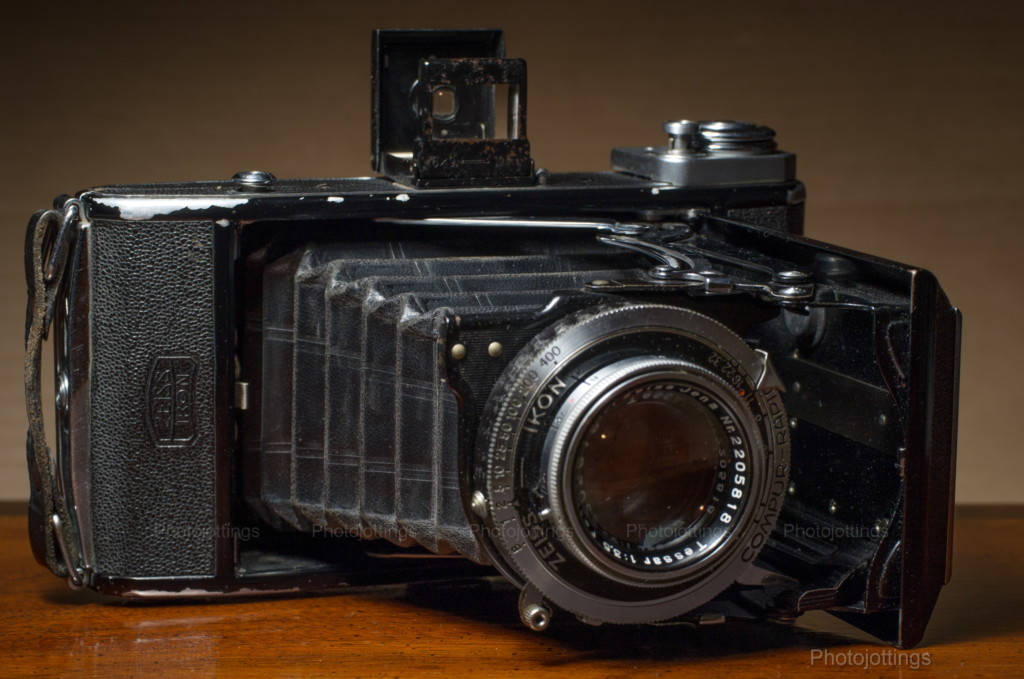
A view of the camera when opened and ready to shoot. The viewfinder flips up automatically when opened. Oddly, there is no horizontal leveler on this model.
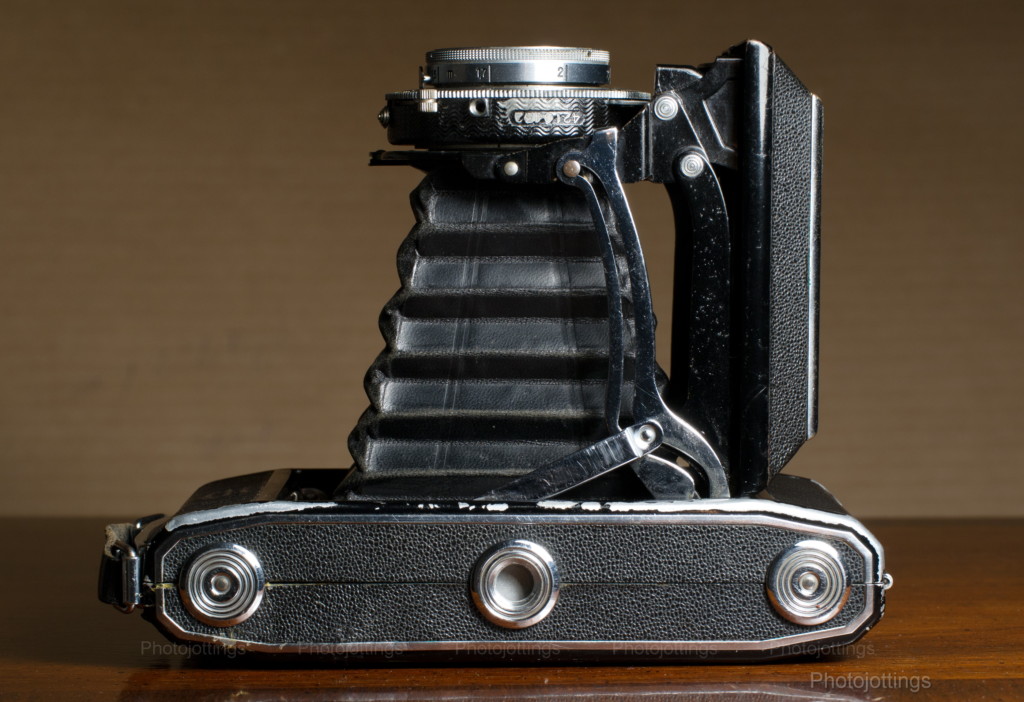
The tripod socket in the center (and by the front leveling foot) is 3/8″-16, not 1/4″-20 like most now days, but you can get reducer bushings here: B&H, Amazon, ebay. The two outer circular covers are spool holders.

A close up of the lens and shutter assembly. The aperture on the right is adjusted by moving the arrow. The shutter speeds are set on the left, or top in this view. The shutter cocking lever is at the seven o’clock position. The two brass pins in the upper left corner were originally for attaching a small box type viewfinder that came on earlier models.
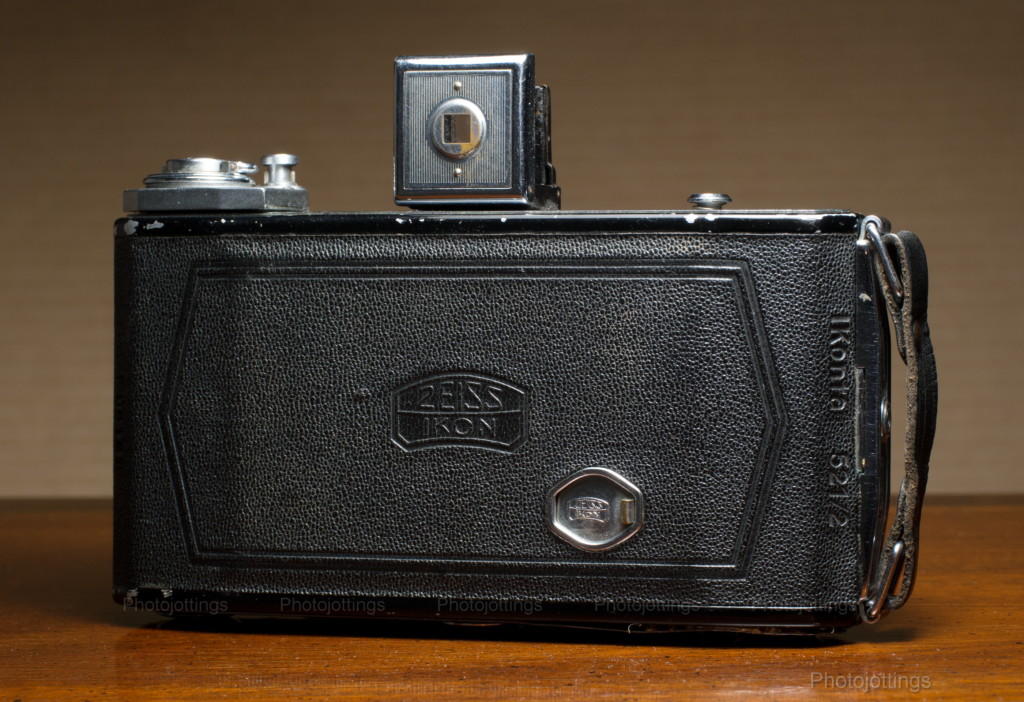
The back of the camera is limited to a little red window for properly advancing the film; in this case, it’s covered by a chrome sliding door. The back cover opens by sliding up a switch on the right side of the camera under the leather hand strap.

With the back open you can see inside the bellows to the back of the lens, and the film gate advance rollers. The new film roll goes on the right, with the take-up spool on the left. Zeiss reminds you via a colorful sticker to buy their own B-2 film, (120) film.
Test images below.
Here are some test images scanned on a Nikon Super Coolscan 9000 ED. All are 6000×4000 pixels wide; there is no additional resolution from scanning at a higher sample rate. Kodak Portra 160 used for all shots. Click for larger images.
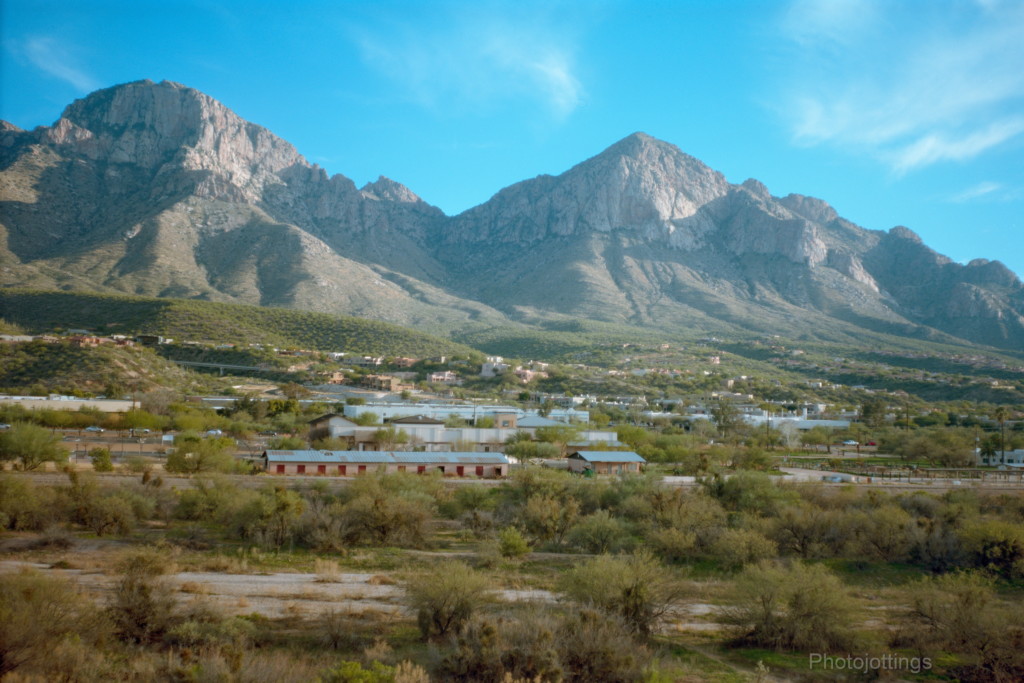
F/3.5. A ‘dreamy’ look from a lack of contrast. Usable for small prints, although for some reason I actually like this look.
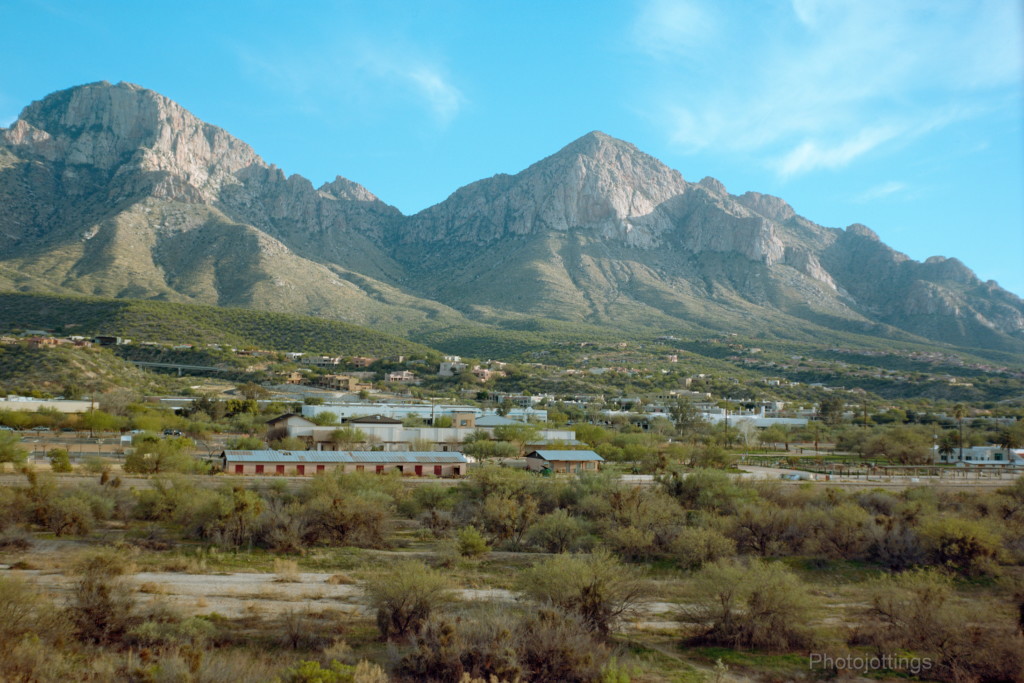
F/5.6. A nice bump in contrast and resolution in the central area, but the sides are about the same.
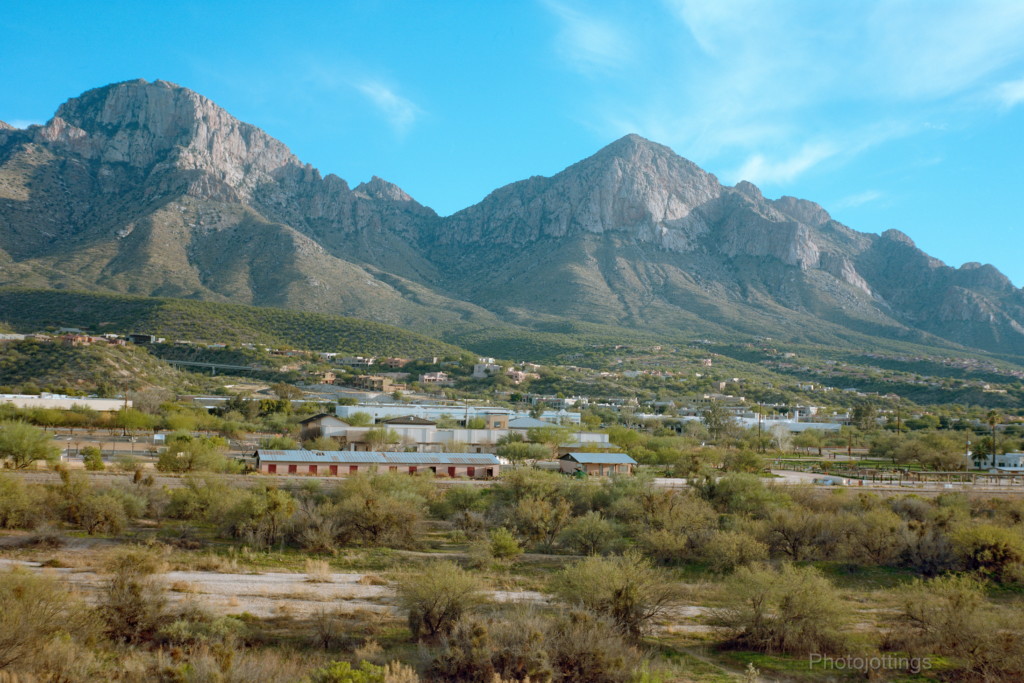
F/8. Sharpness and contrast look better over the entire frame.

F/11. The sides sharpen up nicely at this aperture.
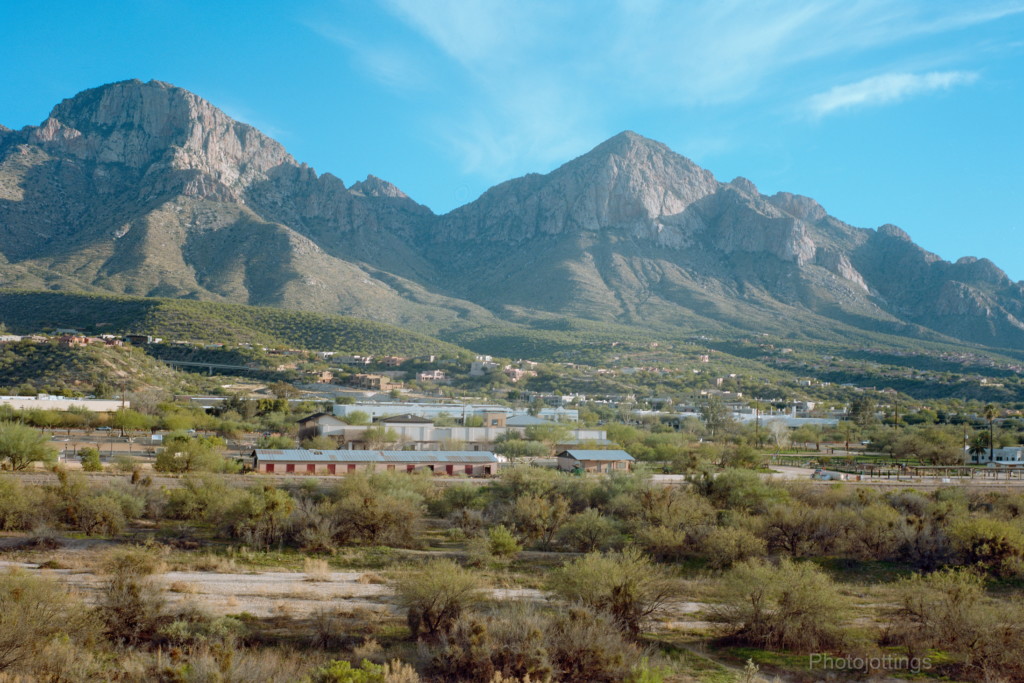
F/16. This shot shows a little camera movement, so it’s not very useful.
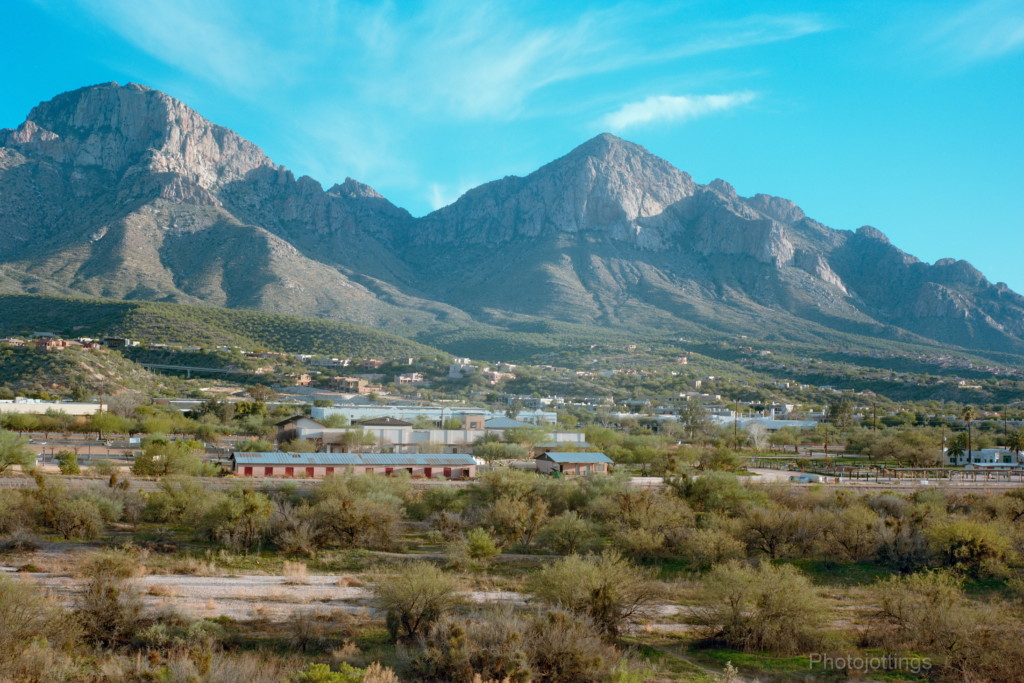
F/22; very sharp over the whole frame; looks about the same as F/16 without the camera shake.
Conclusion.
The Zeiss Ikon Ikonta 521/2 C is quite plentiful and usually inexpensive on ebay. It’s a relatively small camera, in fact, it’s about the same size as a standard 35mm camera with a small pancake lens, or no lens at all, and it’ll fit in a jacket pocket, or the back pocket of your jeans.
The resolution of the Tessar and 6×9 film is more than what you’d get with the best 35mm camera and lens combination using the same type of film. So you don’t know how to expose film properly without auto exposure? no problem; if you’re using print film or B&W, you don’t need to know too much about light values and all that, just use the sunny 16 rule, and go from there. I often shoot in good light at F/11-16 with ISO 100-200 speed film at 1/100 sec, and the pictures always come out just fine.
Other features that make this an easy and convenient camera to use; it requires no batteries, and takes readily available 120 film, B&H, Amazon, eBay.
As with all old cameras, especially ones with bellows, you’ll need to check the shutter speeds for accuracy, and the bellows for holes before you use it, so you don’t wind up paying for a roll of film, and processing, and maybe even scanning only to learn the camera was screwed up: that could easily cost you $15-$20. I’d pay a premium for one where the seller has had the camera cleaned, lubed and adjusted, and can verify, or hopefully guarantee it’s ready for taking pictures.
That’s it for this review; The Ziess Ikon Ikonta is a great bargain for folks on a limited budget that want to jump in to medium format film.
Please consider buying through my links and help support the site. Thanks for visiting!